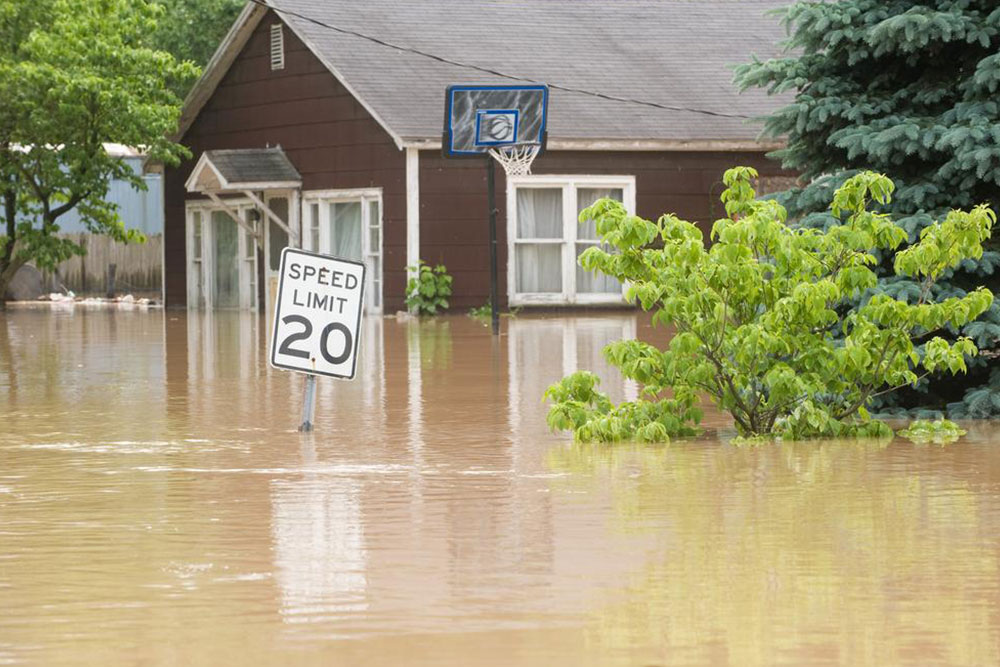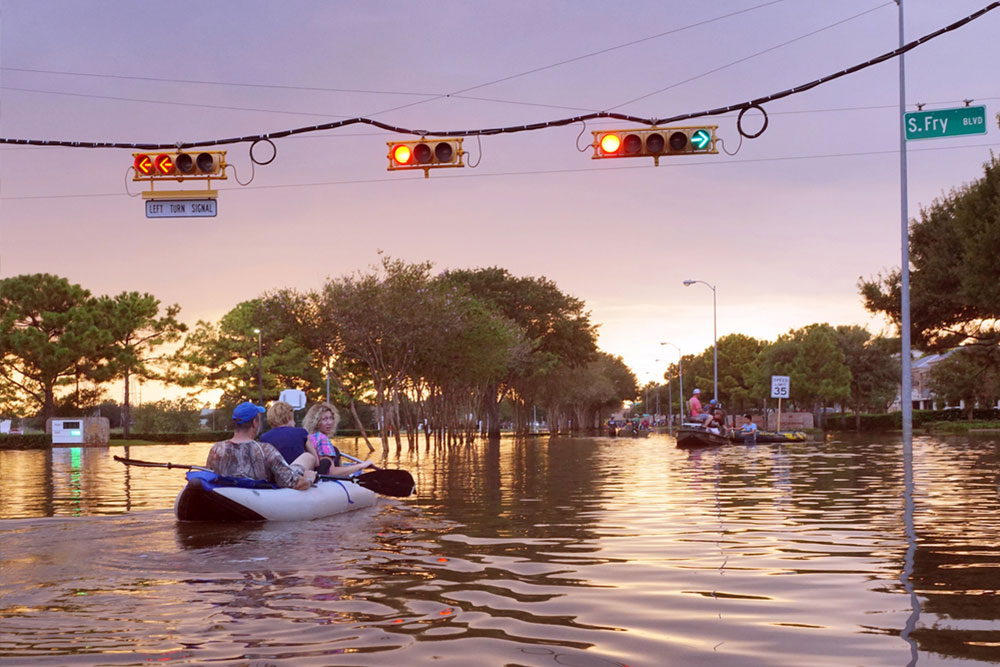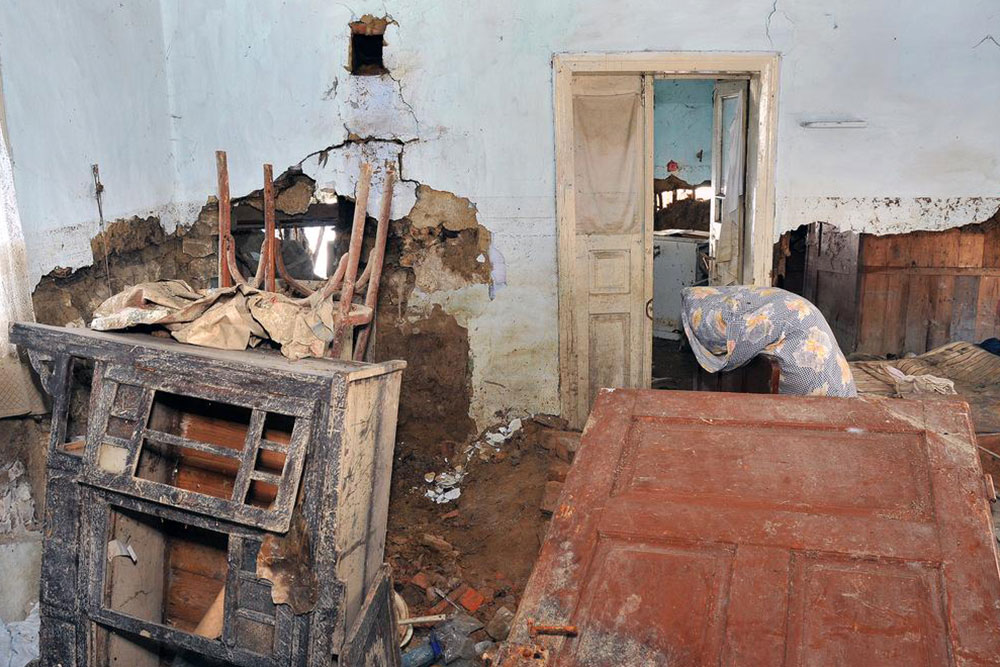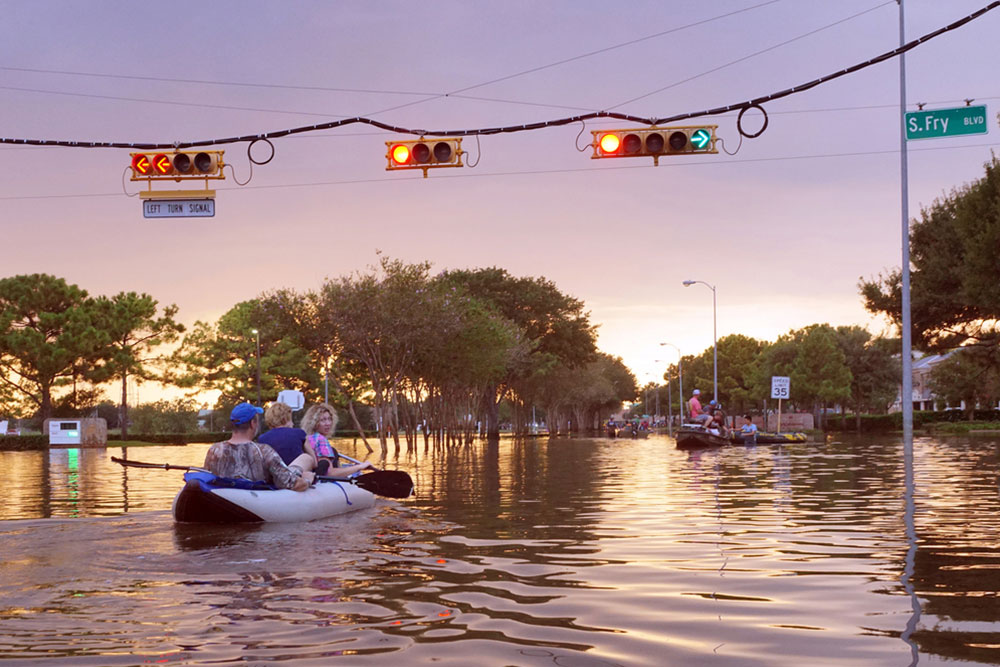Essential Guide to Choosing the Right Flood Insurance Policy
This guide offers essential insights into flood insurance, covering costs, policy types, coverage options, and tips for obtaining the best quotes. It helps homeowners in flood-prone areas understand their options to protect against water damage, with trusted providers listed for reference.

Essential Guide to Choosing the Right Flood Insurance Policy
If you live in a flood-prone area and have a mortgage on your property, securing flood insurance is highly recommended. For residents in regions with moderate or low flood risk, obtaining such coverage can be a smart decision to safeguard against unpredictable weather events. Flood damages can be costly to repair, and standard homeowner policies typically exclude flood-related losses. Understanding the costs and coverage options is crucial before purchasing a policy.
What influences flood insurance costs?
Insurance providers evaluate several factors about your home and financial status to determine premiums.
Key considerations include:
Credit history
Previous insurance claims
Location of your residence
Age of the property
Building materials and structure
Desired coverage level
Deductible and premium costs
If the insurer assesses your risk as high, expect to receive quotes with higher premiums.Tips for obtaining optimal flood insurance quotes
Assess your home's vulnerability and your financial situation first. Research reputable flood insurance providers and compare their offers. For policies under the National Flood Insurance Program (NFIP), premiums tend to be standardized. Private insurers may offer varying rates depending on risk factors.
Types of flood insurance plans
Standard risk policies are suitable for high-risk areas, while preferred risk plans are ideal for low to moderate-risk locations. These preferred plans often let policyholders select specific items to insure, reducing costs.
Coverage options in flood insurance plans
Depending on your plan, coverage can include:
Electrical, plumbing, HVAC systems, water heaters, and furnaces
Major appliances like refrigerators, washers, dryers, microwaves, and ranges
Property foundation and structures
Detached garages
Personal belongings such as furniture, electronics, clothing
Carpeting and window treatments
Valuable items like artwork or furs up to $2,500
Note: Contents stored in basements are generally not covered.
Leading flood coverage providers include Geico, Travelers, Allstate, MetLife, The Hartford, Farmers, and State Farm.






